Shelsley September 1937:
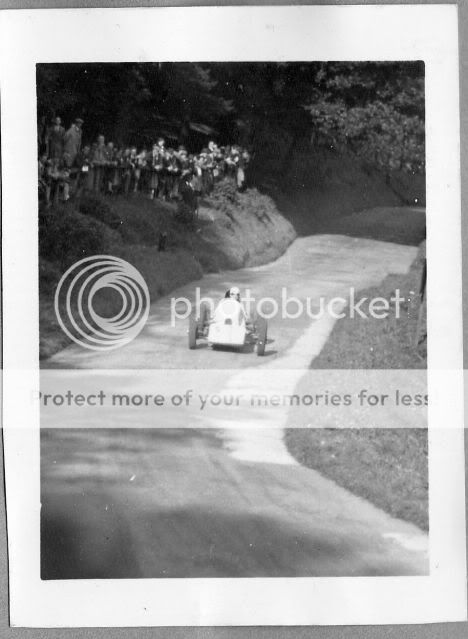
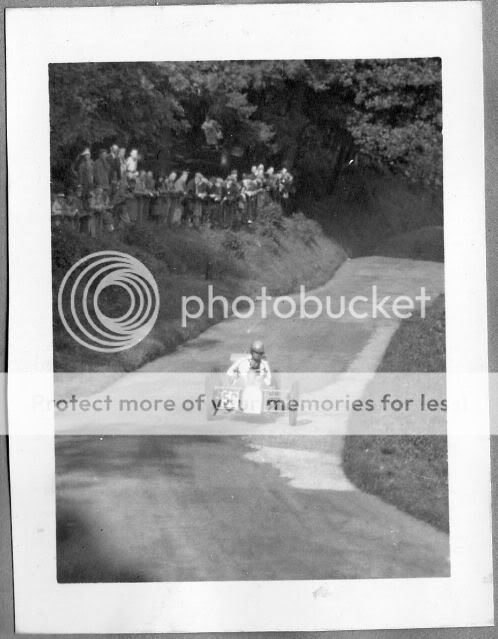
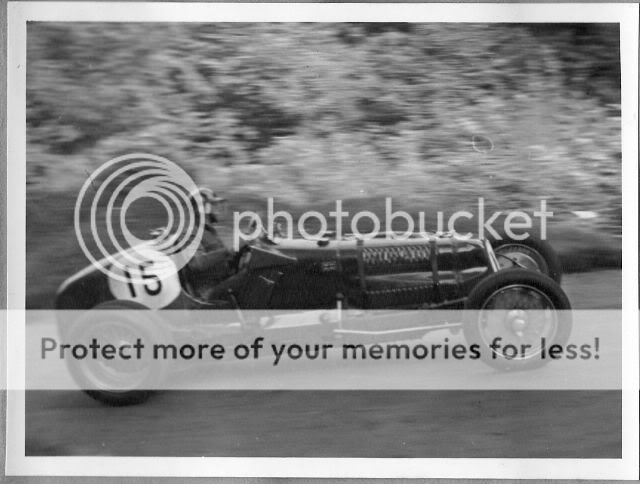
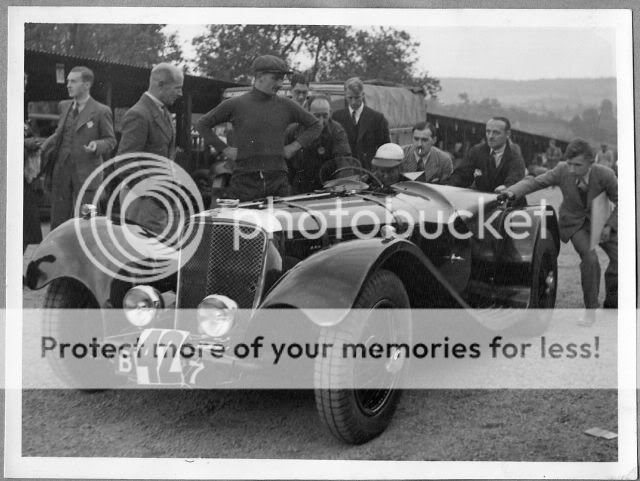
I think the second picture might be the fabulous Freikaiserwagen concocted by Joe Fry and Dick Caesar.
Cheers,
Richard

Posted 28 November 2010 - 18:29




Advertisement
Posted 28 November 2010 - 18:35
Posted 28 November 2010 - 18:40
Posted 28 November 2010 - 18:54
Posted 28 November 2010 - 19:24
Posted 28 November 2010 - 19:25
You're correct on the Freik, of course. I think the first one might be Kay Petre's Austin: she set a new ladies' record at this meeting and came third in class behind Goodacre and Hadley's works cars.
Posted 28 November 2010 - 19:39
Yes, I sit corrected! I thought it might be the Austin with some sort of radiator blanking plate.Could the first photo be 'Fuzzi'?
Posted 28 November 2010 - 21:39
Didn't Fuzzi feature front and rear engines, 4 wheel drive and a throttle pedal that when moved sideways could alter the power split between front and rear engines(and therefor wheels)?Yes, I sit corrected! I thought it might be the Austin with some sort of radiator blanking plate.
Driver could be either Joan Richmond or Robert Waddy as they both ran. She came third in the 1100cc class behind Fry: Motor Sport described her run as "startling".
Posted 28 November 2010 - 21:57
Posted 29 November 2010 - 03:24
Dead right, Simon. I believe this was Fuzzi's first outing after Waddy crashed it at the Whitchurch Sprint earlier in 1937.
Edited by RogerFrench, 29 November 2010 - 03:25.
Posted 29 November 2010 - 07:02
Posted 29 November 2010 - 07:27
Posted 29 November 2010 - 10:03
Posted 29 November 2010 - 10:17
Posted 29 November 2010 - 10:38
Agreed absolutely. In the Jenks version all throttle (cable) movement would be in one plane. The Bolster version would require movement in two planes, which would surely mean some very complicated linkages or cable arrangements. Also, unless the driver's foot fitted into some sort of shoe on the pedal, his or her foot would be likely to slip off the pedal when trying to move it from side to side. I wonder whether Bolster might have confused things by using the word 'lateral' incorrectly, when he was actually trying to describe tha same arrangement as DSJ's.Jenks's version sounds to be the more logical.
Posted 29 November 2010 - 11:19
Was Joe Fry the driver on this occasion?
Posted 29 November 2010 - 11:32
Posted 29 November 2010 - 14:40
Dead right, Simon. I believe this was Fuzzi's first outing after Waddy crashed it at the Whitchurch Sprint earlier in 1937.

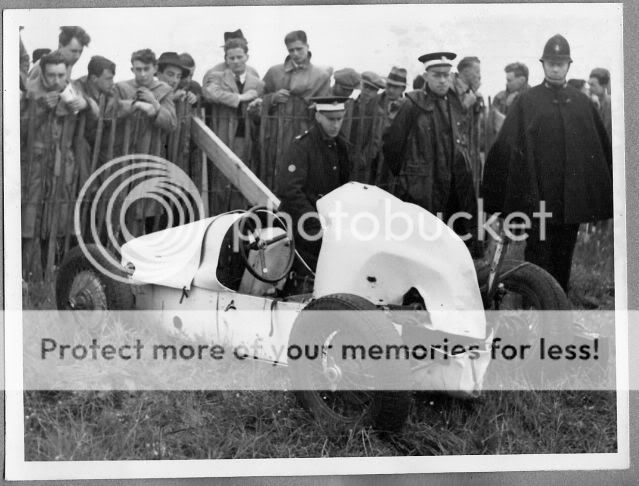
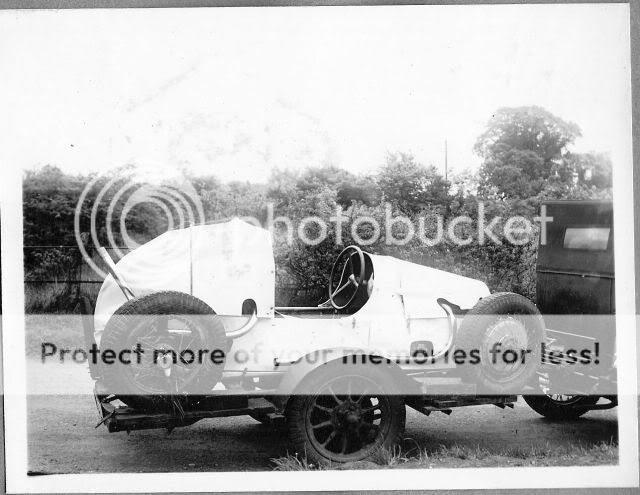

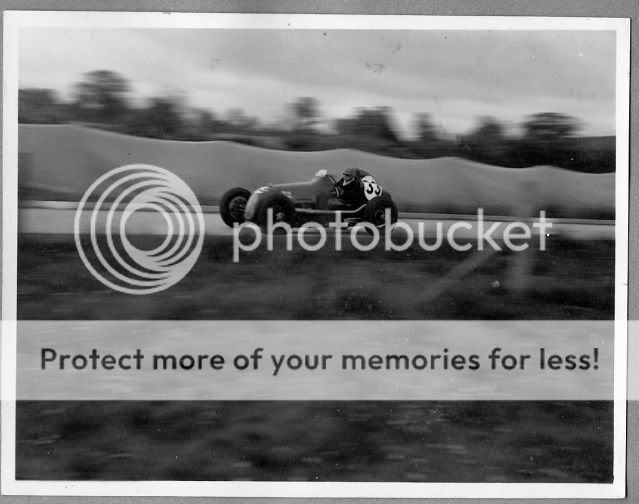
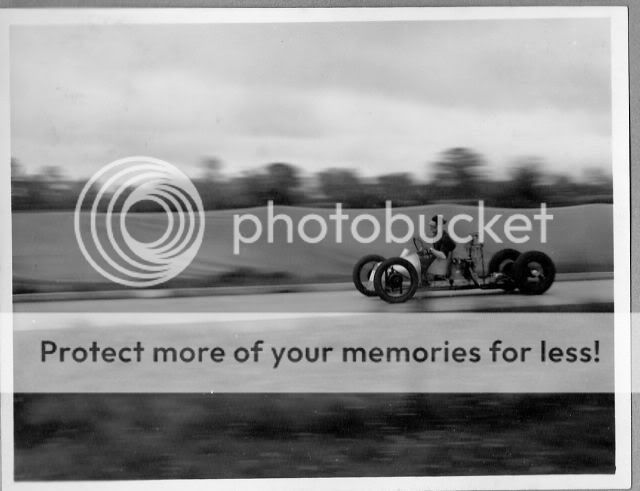
Posted 29 November 2010 - 15:09
The first photo is Bert Hadley, who set FTD in the #33 Austin. I'm fairly sure the second photo is the Freikaiserwagen again, driven by David Fry. This was its first event of the 1937 season - front bodywork and aerofoil-shaped tank came later.Cue more pictures!
Two more:
Cheers,
Richard
Advertisement
Posted 29 November 2010 - 15:31
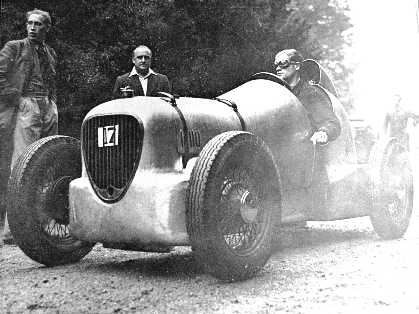
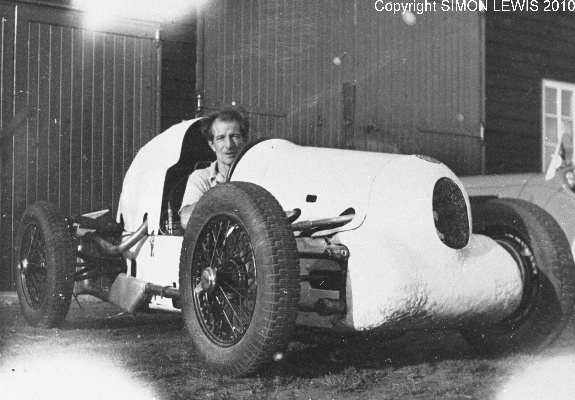
Posted 29 November 2010 - 15:48
Posted 29 November 2010 - 16:00
Posted 29 November 2010 - 17:25
Posted 29 November 2010 - 17:37
Wow!, thanks for the extra photos Richard !
Here's couple I have which are both listed as Fuzzi but clearly , if they are, the car is in very different guises.
Are we talking pre and post Whitchurch accident, or an earlier version entirely??
And is the battered looking nose section in (very)beaten metal or early fibreglass?
Posted 29 November 2010 - 18:49
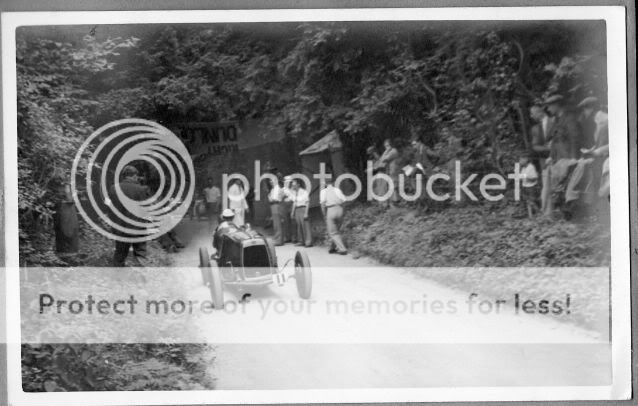
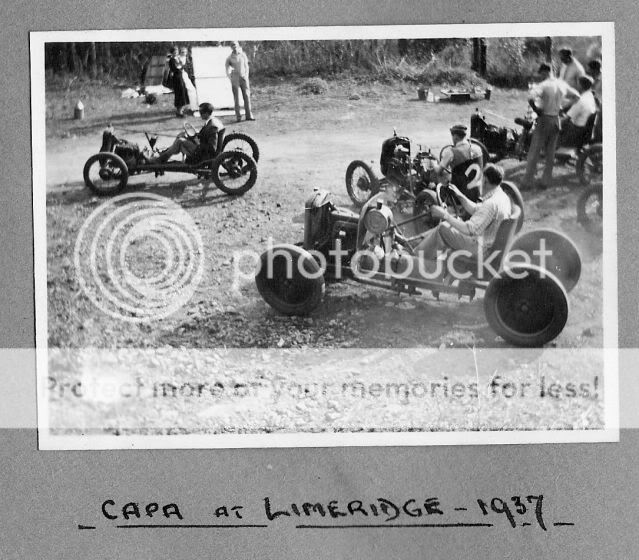
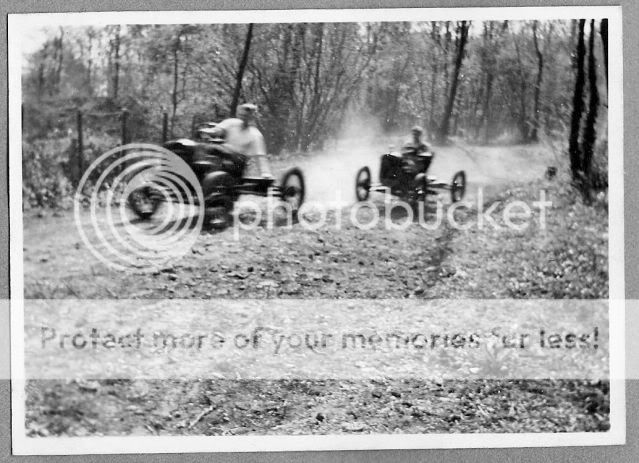
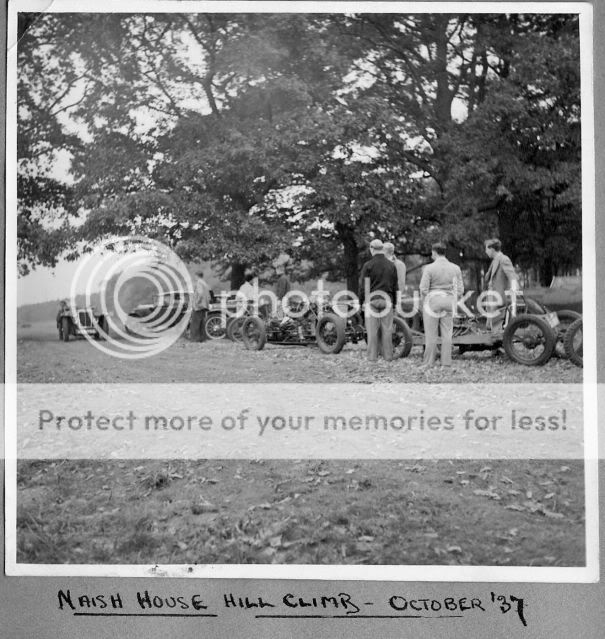
Posted 29 November 2010 - 19:46
Looks like papier maché to meIf only we could find that Waddy had used fibreglass before the war ....
Edited by David McKinney, 29 November 2010 - 19:47.
Posted 29 November 2010 - 20:49
Wonderful photos Richard, thank you for posting themVery grateful to be getting these identifications. Hope they are of interest - and maybe of some use to historians?
No more Fuzzi, but 4 more from the Bristol area in 1937.
Backwell July:
CAPA at Limeridge:
Naish House Hill October:
If anyone wants to explore these times further, there is a fascinating DVD containing archive footage of these events and some early (postwar) Castle Combe and Dyrham Park events produced by a local company.
Cheers,
Richard
Posted 29 November 2010 - 23:46
Fourth picture is an SS Jaguar, possibly SH Newsome, who came second in the 5 litre class.
Posted 30 November 2010 - 00:11
It would be a standard 3.5 litre. The capacity classes were split at 750cc, 1.1, 1.5, 2.0, 3.0 and 5.0 litres, with a further "unlimited" class.5litres? what engine had that SS?
Posted 30 November 2010 - 07:06
Posted 30 November 2010 - 08:53
Presumably your uncle was a member of Bristol MC&LCC? In 2011 they will be celebrating their centenary, and I understand are producing a new DVD which will include more of their film archive .
Posted 30 November 2010 - 09:09
Posted 30 November 2010 - 09:44
Posted 30 November 2010 - 10:11
Posted 30 November 2010 - 11:29
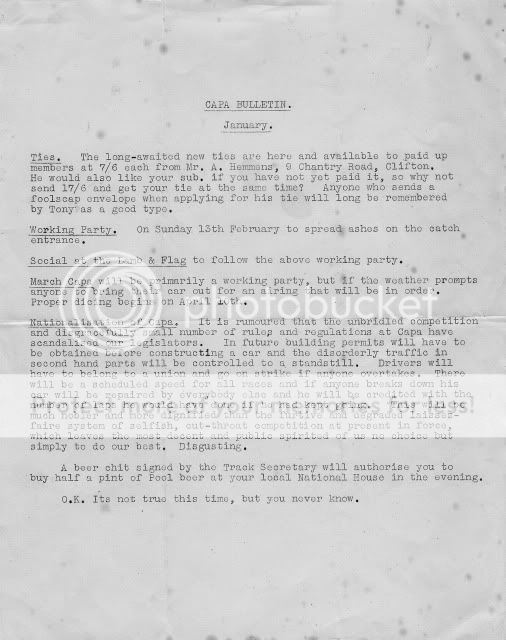
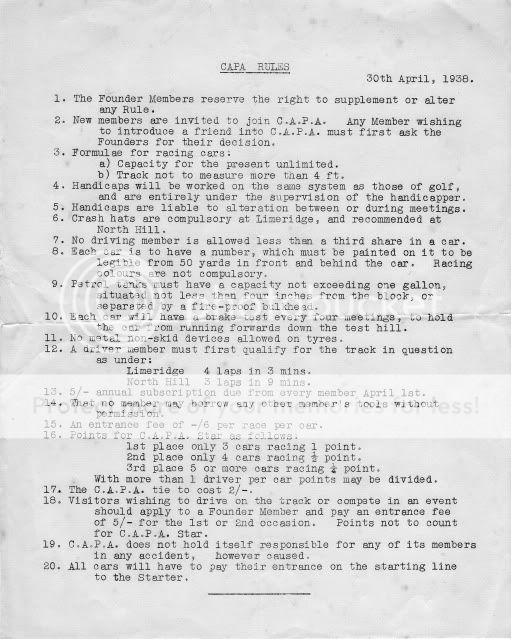
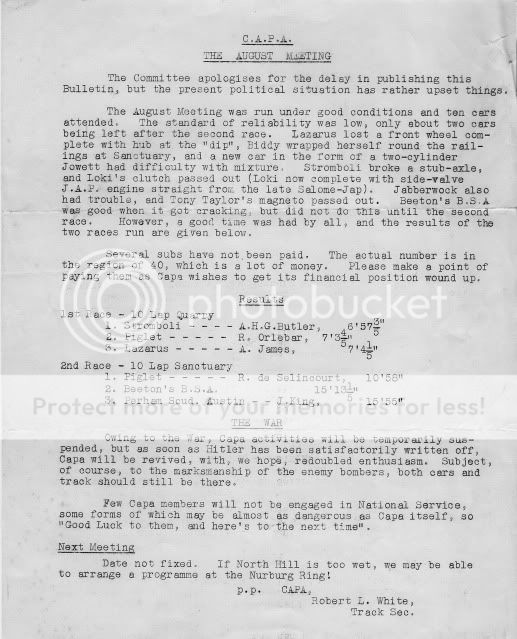
Posted 30 November 2010 - 11:58
Posted 30 November 2010 - 12:36

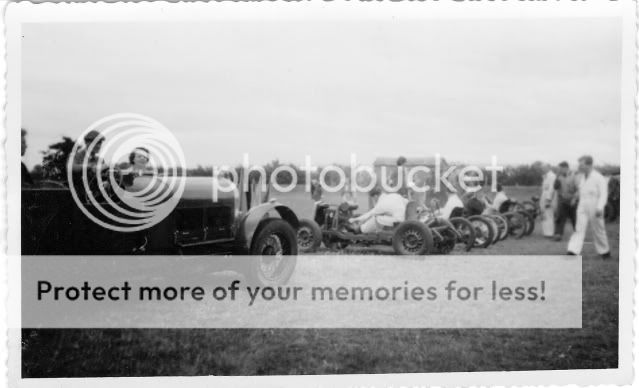
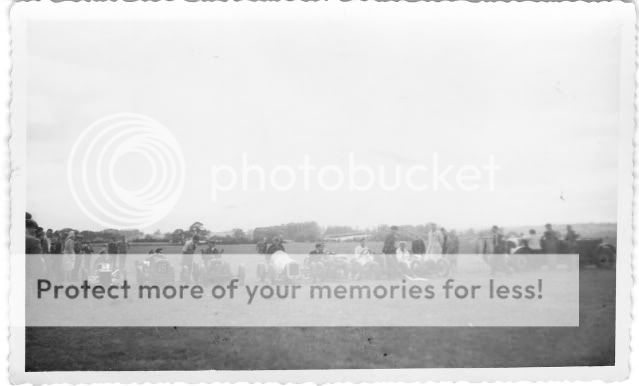
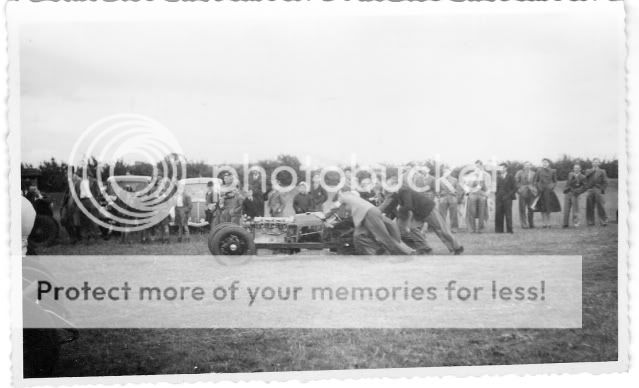
Posted 30 November 2010 - 12:42
Posted 30 November 2010 - 12:46
Edited by Allan Lupton, 30 November 2010 - 12:47.
Advertisement
Posted 30 November 2010 - 12:55
Cheers Ted, you would be amazed how many people at Shelsley have failed to recognise it over the past couple of years.Simon re post 20. The car at the top is Neil Eason Gibson in his ford special .
Edited by simonlewisbooks, 30 November 2010 - 12:56.
Posted 30 November 2010 - 13:04
It would be a standard 3.5 litre. The capacity classes were split at 750cc, 1.1, 1.5, 2.0, 3.0 and 5.0 litres, with a further "unlimited" class.
Posted 01 December 2010 - 09:21
Posted 01 December 2010 - 10:15
Simon re post 20. The car at the top is Neil Eason Gibson in his ford special .
Edited by fuzzi, 01 December 2010 - 10:16.
Posted 01 December 2010 - 11:56
Posted 01 December 2010 - 14:21
Edited by Tim Murray, 01 December 2010 - 14:33.
Posted 01 December 2010 - 19:36
Posted 01 December 2010 - 22:18
Posted 02 December 2010 - 07:39
Posted 02 December 2010 - 08:29
Posted 02 December 2010 - 13:23
The 'outer circuit' used pre-war at North Hill was just under a mile long. This could be divided into two subsidiary circuits, Quarry and Sanctuary. The outer circuit was always run anticlockwise, while Quarry and Sanctuary were usually run clockwise.